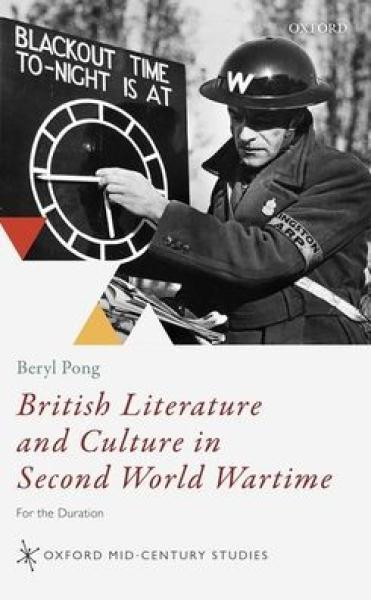Description
It offers a synoptic, wide-ranging look at writers on the home front, including Henry Green, Elizabeth Bowen, Virginia Woolf, and Rose Macaulay, through a variety of genres, such as life-writing, the novel, and the short story. It also considers an array of cultural and archival material from photographers such as Cecil Beaton, filmmakers such as Charles Crichton, and artists such as John Minton. It shows how figures harnessed or exploited their media's temporal properties to formally register the distinctiveness of this wartime through a complex feedback between anticipation and retrospection, oftentimes fashioning the war as a memory, even while it was taking place. While offering a strong foundation for new readers of the mid-century, the book's overall theoretical focus on chronophobia will be an important intervention for those already working in the field.
An imaginative, deeply researched, and powerfully revealing study of how British writers, painters, photographers, and filmmakers addressed the distinctive temporalities of the Second World War, stylishly elucidating problems of time and form that range from the anticipatory griefs of late-modernist memoir to the equivocal futurity of post-war cinema's children of the metropolitan bomb-sites. Always alert to artists' own international interests, influences, and allegiances, this book also offers one of the most cosmopolitan, as well as comprehensive, interpretations of British cultural production in those bleakly transformative years. -- Marina MacKay, author of Ian Watt: The Novel and the Wartime Critic
We have known for a while now that the time of war is not one time. But not all wars are polytemporal in the same way. Beryl Pong has written our fullest, most literary account yet of the Second World War's profuse temporalities. Of these, surely the most hauntingly particular are proleptic mourning, preemptive ruination, and dreading forward. Pong expands our lexicon for loss in advance of loss. -- Paul K. Saint-Amour, author of Tense Future: Modernism, Total War, Encyclopedic Form
Product Details
- Oxford University Press, Brand
- Jul 15, 2020 Pub Date:
- 0198840926 ISBN-10:
- 9780198840923 ISBN-13:
- 320 Pages
- 8.6 in * 5.4 in * 1 in Dimensions:
- 1 lb Weight:




